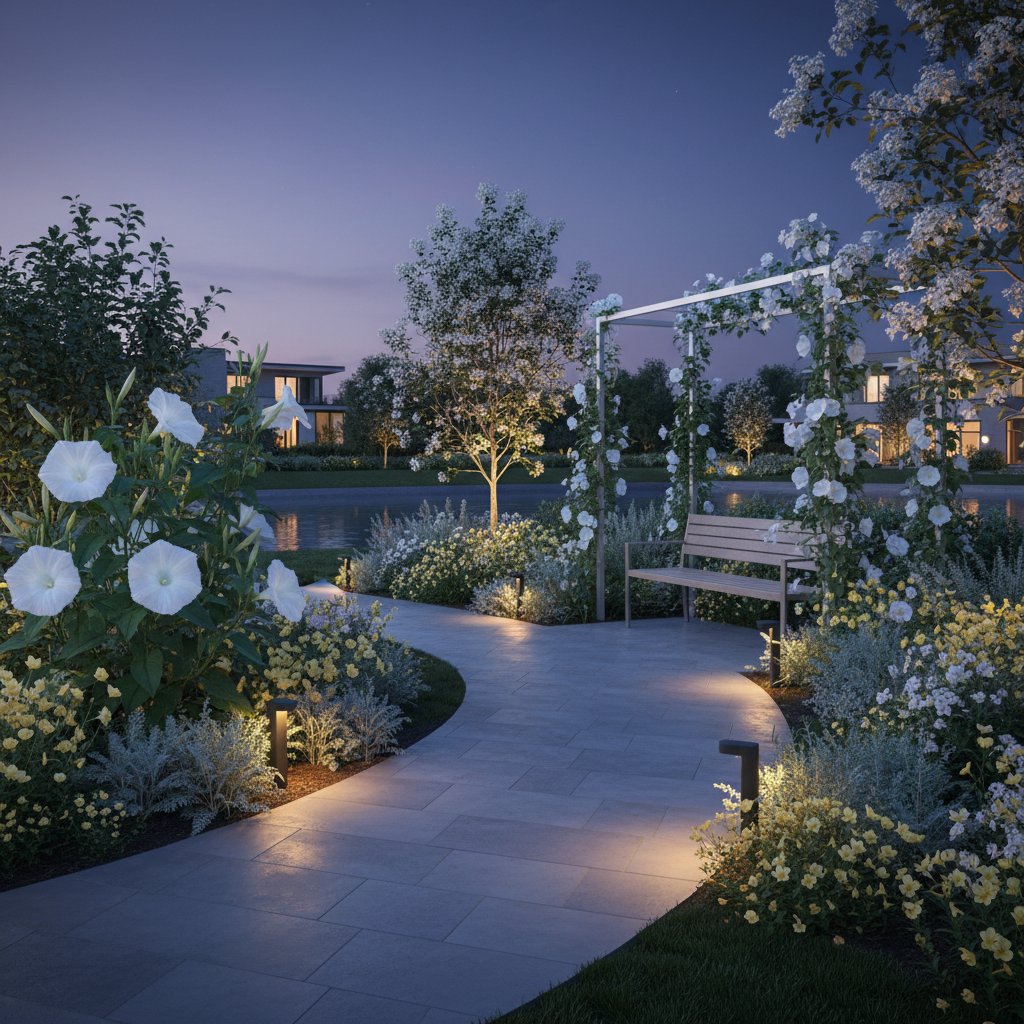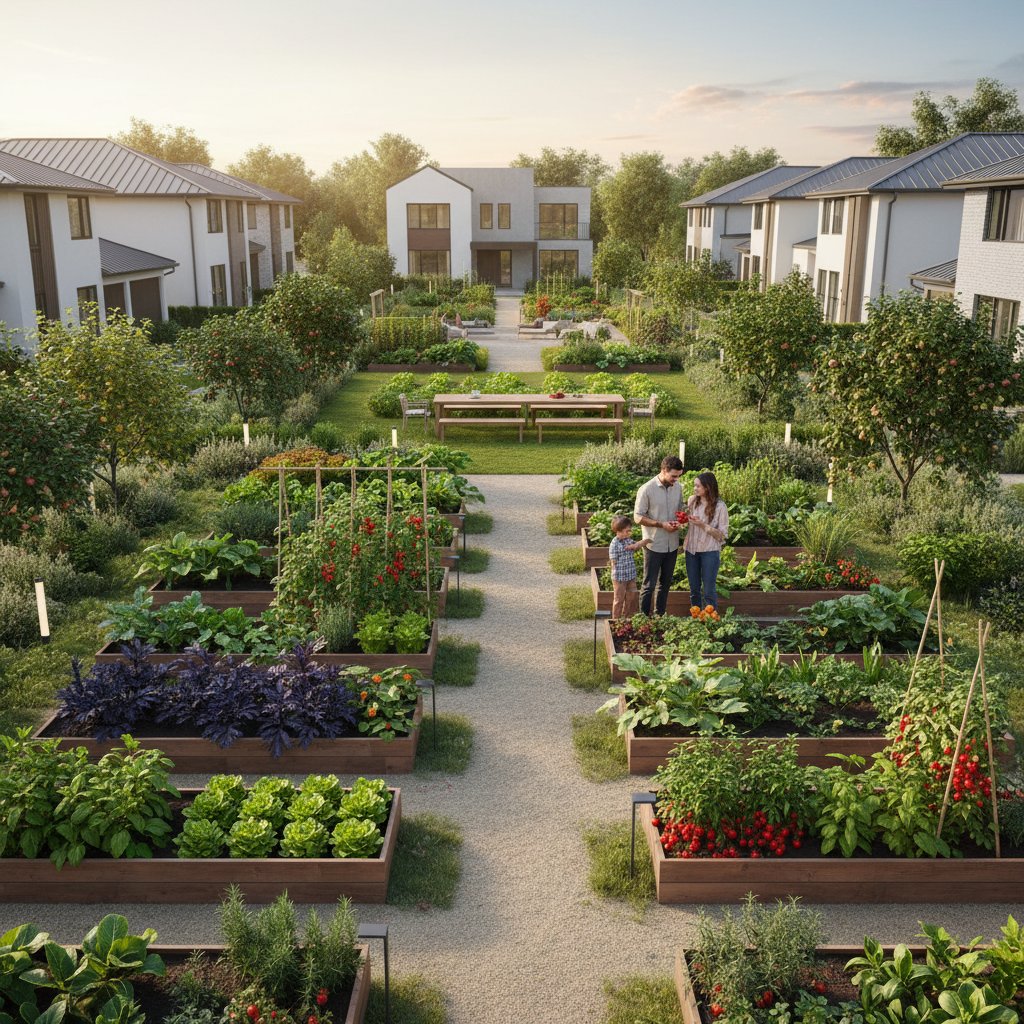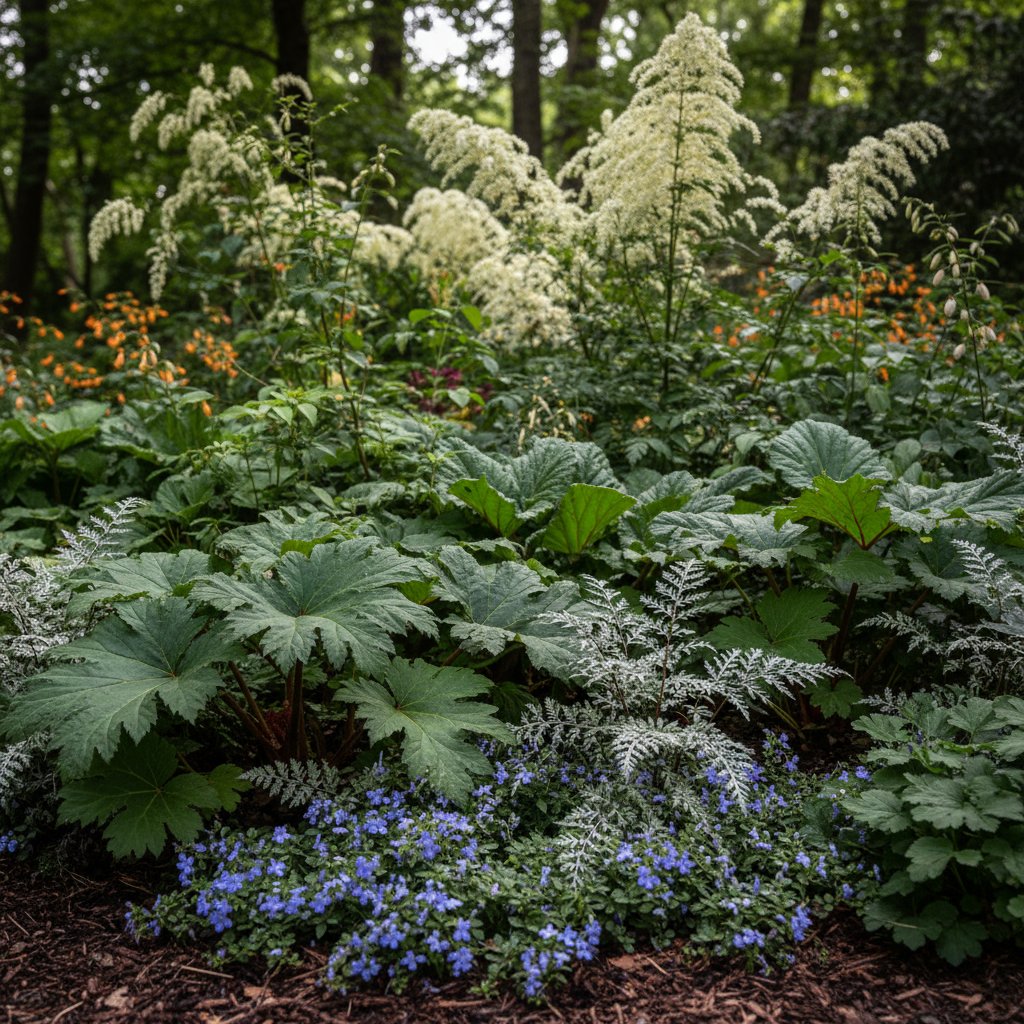Embracing Gravel Gardens for Effortless Landscaping
A well-designed garden requires little intervention yet delivers lasting appeal. Gravel gardens achieve this balance by combining durability with natural beauty. Homeowners seeking relief from seasonal mulch renewal find gravel offers a stable foundation that enhances any outdoor setting.
Challenging the Mulch Standard
Mulch serves essential functions in garden beds, such as retaining soil moisture, suppressing weeds, and providing a uniform appearance. However, it decomposes rapidly, fades in color, and demands frequent replenishment. During rainy periods, mulch becomes waterlogged; in dry conditions, it turns brittle and prone to displacement. In contrast, gravel maintains its form and integrity over time, resisting decay, erosion, and discoloration.
Homeowners who transition to gravel report immediate benefits in time savings. The labor-intensive process of transporting and spreading mulch gives way to a surface that remains pristine through all seasons. Gravel gardens avoid a stark or industrial aesthetic when paired with appropriate plants and layout, evoking the serenity of a natural hillside or the elegance of a terraced retreat.
Key Elements of an Effective Gravel Garden
Success in gravel gardening hinges on integrating drainage, soil preparation, and material selection to foster resilient plant growth while minimizing weed intrusion and upkeep.
Follow these steps to establish a durable foundation:
-
Prepare the substrate. Clear the area of grass, weeds, and debris, then till the soil to a depth of 4 to 6 inches for aeration. For poorly draining sites, incorporate a 2-inch layer of coarse sand or gravel base to promote water percolation.
-
Select appropriate gravel types. Options include 3/8-inch pea gravel for a soft, walkable texture; decomposed granite for a compacted, pathway-friendly surface; 1-inch river rock for bold accents; or crushed limestone for subtle, neutral tones. Match size to the garden's scale: finer gravel suits intimate beds, while larger pieces define expansive areas.
-
Incorporate weed suppression thoughtfully. Landscape fabric can hinder future planting and retain excess moisture, so opt for it only in high-weed zones. A 3- to 4-inch depth of gravel over amended soil often suffices to block weed establishment without additional barriers.
-
Choose resilient, low-water plants. Opt for species adapted to arid conditions, such as lavender for fragrant purple blooms, switchgrass for swaying vertical form, stonecrop sedums for mat-forming ground cover, or yarrow for feathery foliage and summer flowers. These selections root deeply and expand gradually into gravel interstices.
Aesthetic Variations in Gravel Designs
Gravel gardens adapt to diverse styles, transforming based on material and companion elements. Light-colored quartz gravel with structured evergreens like dwarf hinoki cypress conveys contemporary refinement, whereas multicolored pebbles amid blooming perennials suggest a wild, cottage-inspired vibe. Deep gray basalt gravel accentuates silvery eucalyptus or blue fescue, while earthy terracotta hues complement sun-loving succulents.
Surface texture influences the overall mood. Polished river stones impart a tranquil, flowing quality ideal for meditative spaces, whereas jagged crushed rock provides stability for sloped terrains. Many designs layer textures by using 1/4-inch gravel for meandering paths and 2-inch boulders to frame focal plantings. Containment edges crafted from corten steel, fieldstone, or reclaimed brick prevent migration and sharpen boundaries.
Practical Comparison: Gravel Versus Mulch Maintenance
Gravel installations demand far less ongoing intervention than mulch. Water infiltrates uniformly, reducing erosion and fungal issues, while the dense cover starves weeds of light and space. Unlike mulch, which necessitates annual additions as it integrates into the soil, gravel retains vibrancy without replenishment, though minor top-dressing every 3 to 5 years addresses settling.
Mulch contributes organic matter that enriches soil fertility over time, yet this benefit comes at the cost of root suffocation from compacted layers and pest harboring in decaying material. Gravel's drawbacks include surface warming under intense sunlight, which may stress nearby heat-sensitive plants; mitigate this by selecting shade-tolerant varieties or adding mulch pockets for buffers. Leaf removal requires a rake or blower rather than sweeping, but the effort remains minimal compared to mulch redistribution.
Harmonizing Stone and Vegetation
Effective gravel gardens integrate hardscape with softscape for visual depth and ecological balance. Excess stone risks a desolate feel, while dense planting can disrupt the clean lines gravel affords. Achieve unity by repeating hues: select gravel tones that mirror nearby hardscape, such as sandstone edging with matching pea gravel.
Vary plant forms for dynamic interest, combining upright fountain grass with sprawling creeping thyme or compact lavender mounds. Introduce vertical elements like agave sentinels or obelisk trellises with climbing clematis to draw the gaze upward. Water elements enhance tranquility; a gravel-encircled fountain or dry creek bed with a recirculating pump introduces gentle audio without complicating maintenance.
Beginning with a Pilot Project
Approach gravel gardening incrementally to build familiarity. Convert a 10-by-10-foot bed or install a short pathway, monitoring performance across weather cycles. Track plant adaptation, noting dry spots that benefit from organic amendments or areas prone to debris accumulation.
This method allows customization without overcommitment. Gravel integrates seamlessly with existing landscapes, acting as a neutral canvas that amplifies colorful borders or links functional zones like seating areas and vegetable plots.
Evolving and Sustaining Your Gravel Garden
As seasons progress, gravel gardens gain patina and biodiversity. Self-sowing wildflowers like coreopsis may colonize edges, while gravel compacts naturally around roots, fostering stability. This evolution imparts an authentic, established presence distinct from the transient nature of mulch.
Routine care involves light raking to redistribute stones, selective pruning to shape perennials, and spot-weeding before intrusion. In trafficked zones, add 1 inch of fresh gravel annually to restore uniformity. These simple practices preserve the garden's allure with negligible effort.
Implementing Your Gravel Vision
Gravel gardens deliver enduring structure, water conservation, and aesthetic versatility suited to minimalist or naturalistic preferences. Assess your site's exposure and style, source quality materials from local suppliers, and proceed in phases. The result: a resilient outdoor haven that enhances daily life with minimal demands.



